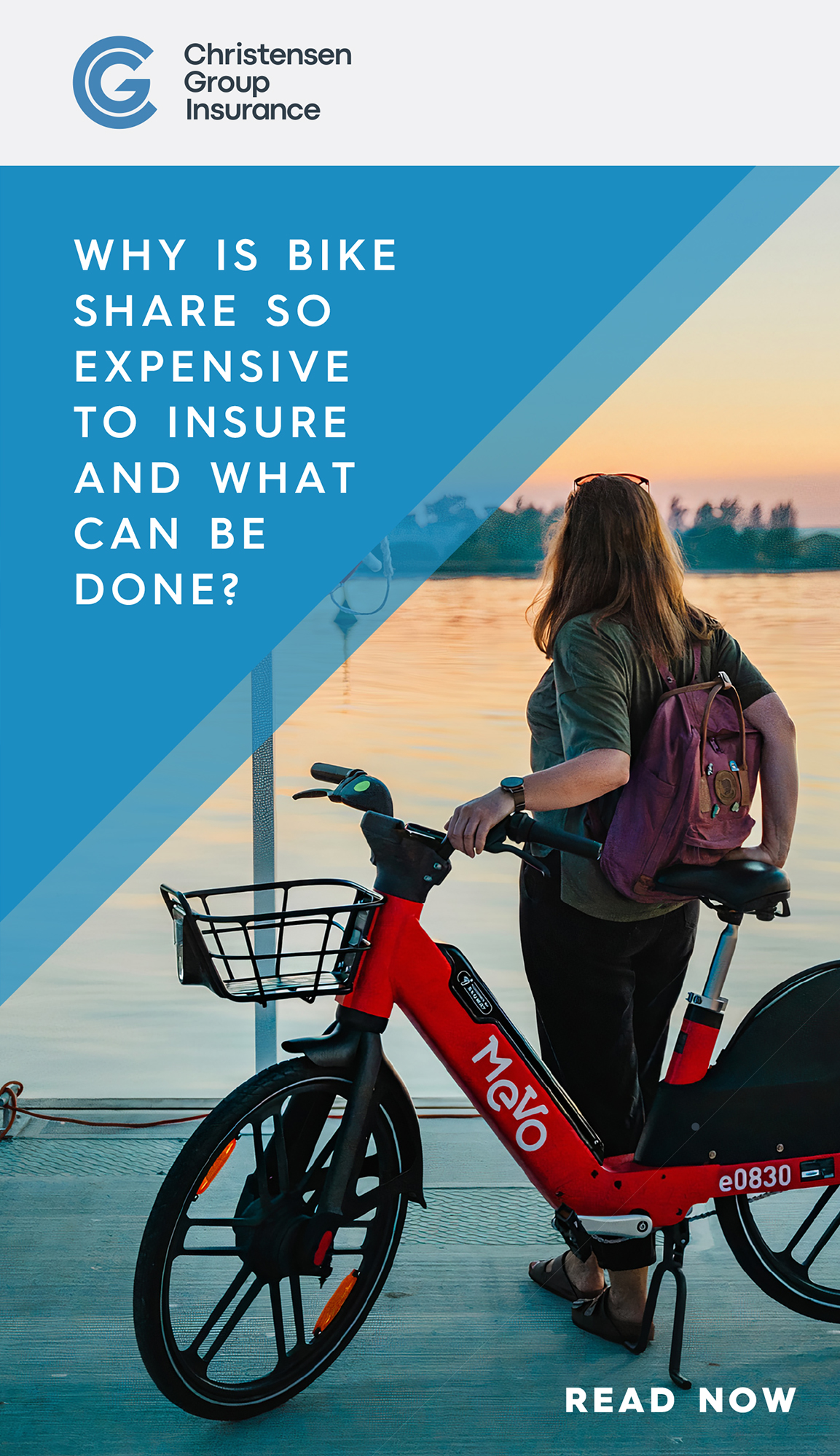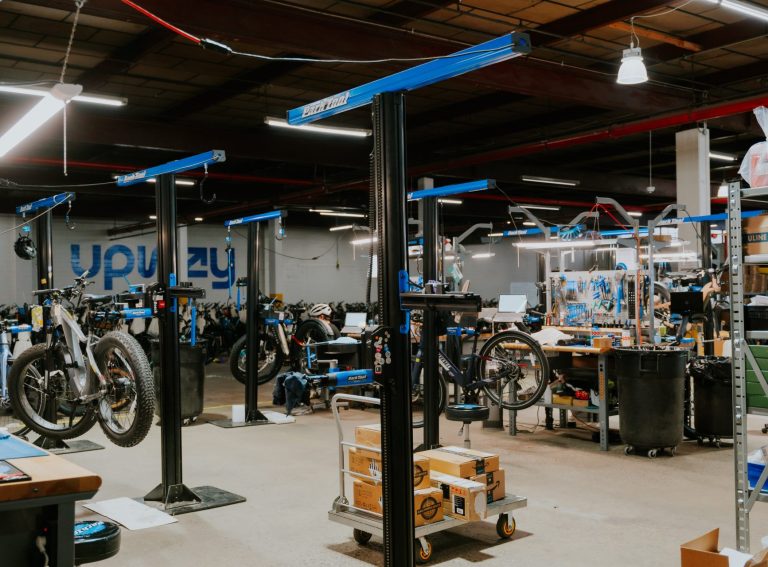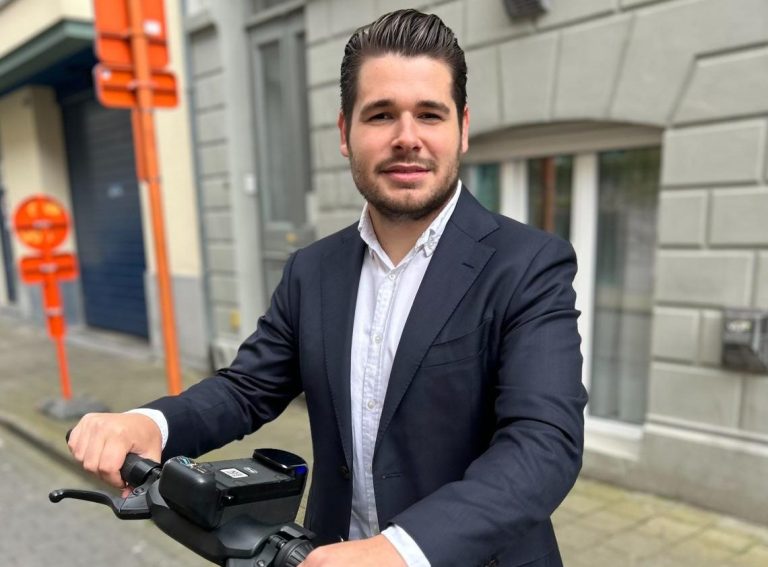Laura Fox has sat on both sides of the green mobility investment table.
As Lyft’s General Manager for Citi Bike, Laura oversaw the full P&L – from strategy, revenue growth, and operations, to policy and community development – for one of the world’s largest micromobility schemes.
Laura now extends her expertise to support the growth of early-stage climate tech startups, and is the Co-Founder of VC firm Streetlife Ventures along with Sonam Velani. She’s also a Senior Fellow at MIT Mobility Initiative, and an adjunct professor at NYU Stern School of Business teaching climate investing.
We hear from Laura on how her on-the-ground experience in green mobility informs the cheques she writes today.
Zag Daily: Can you share your journey into sustainable mobility?
Laura: “I grew up in a transit desert on the south side of Chicago. After college, I moved to Qatar which was a pivotal moment for me because I came across a whole host of issues like no sidewalks, no public transit, no affordable housing and extreme heat. I spent my time there focused on neighbourhood level development through a cultural lens. Then I went to business school at NYU Stern to work with their Urbanization Project and later worked for Boston Consulting Group’s digital ventures team where we built and launched products for corporations focused on the built environment and mobility. I went on to do due diligence on mobility and climate tech at Sidewalk Labs, also advising cities and transportation groups on the side. Then I became the first female general manager at Citi Bike which had just been acquired by Lyft. Citi Bike had lots of “yellow flags” – it had stalled on growth and we were losing lots of money. But I loved the role and in four years we grew Citi Bike from $40 million in ridership revenue to $120 million.”
Zag Daily: Wow, so you grew Citi Bike by 200% in four years. How?
Laura: “Diversifying the rider base was a big focus point for me. When I took over, my friends joked that cycling in the city was a ‘sweaty white man’ thing to be doing – which wasn’t exactly untrue at the time. We focused on using rider diversification as a core business strategy, rather than just philanthropy. We went from 25% female ridership to over 45%, and now more than half of Citi Bike riders identify as a person of colour.
“The introduction of e-bikes also helped more people to identify as riders – it allowed a whole new category of folks to ride. I think one of the reasons urban cycling has been viewed as a sweaty white man thing to do is because you do show up to work sweaty and windblown, and the norms of the workplace dictate that that’s more okay for one gender than another.
“There’s also a whole list of benefits that come from cycling, but being great for the environment is probably number 15 for a lot of people. So we need to focus on what’s driving people to choose a bike – and usually it’s if the bike gets them to where they need to be cheaper, faster, and easier. E-bikes achieved that, and they made people feel more comfortable and confident to cycle.”
Zag Daily: What’s your advice for growing a shared micromobility company?
Laura: “There is no silver bullet here. You have to get a lot right to make micromobility profitable. I’ve worked in a wide range of businesses but when I took over Citi Bike I soon realised that micromobility was a whole new world. It’s an asset-heavy industry that requires lots of infrastructure, 24/7 operations, multiple layers of software and complex business models.
“If I was to highlight some focus areas, one would be diversifying the ridership like we did. Grow the share of riders beyond the obvious so everyone feels like cycling is an option for them. A second piece of advice is to focus on your core growth marketing strategy. As soon as someone takes their first ride, find out what their experience was. How can you move that rider down the funnel to membership? Business metrics and operations will both play a part in this. Micromobility teams live and die by ops – everything from efficiency, cost per action, total output per week, and more. We structured our team around core ownership of metrics from a daily, weekly, monthly perspective to drive priority focused areas. We also invested in an operational tech stack that was critical to gaining visibility across the whole field. That level of visibility and management from senior executives to field employees is critical to making sure that everyone has what they need to do their job as best as they can.
“Another tip would be to think about sponsorship. By nature, micromobility is a low margin business so we were always thinking about what else we can bring into the business stack. We had a title sponsorship with Citi Bank, ran campaigns, and focused on making this area a critical part of the business.”
Zag Daily: After Lyft you co-founded Streetlife Ventures. Can you share what Streetlife does?
Laura: “Streetlife focuses on the intersection of cities and climate. 50% of people live in cities, and 70% of our emissions come from cities. Both of those numbers are going up and to the right and it’s no longer theoretical – with the flooding in Valencia last year, the wildfires in Los Angeles, killer heatwaves in Mumbai. The changes we see are impacting the places we call home. If we’re going to ‘solve’ climate change, then we need to do it in cities. They pose the greatest challenge to our generation but also the greatest economic opportunity – from an investment perspective, 75% of 2050’s urban infrastructure is yet to be built, representing a $5 trillion market opportunity per year. In line with this, we invest in B2B pre-seed and seed stage companies focused on five core sectors: mobility and logistics, buildings, energy, waste and water, and adaptation.”
Zag Daily: What makes a green mobility startup an attractive sell to you?
Laura: “To be an attractive sell, a critical piece of advice I’d give to any startup who’s in talks with a VC is to ask from the very beginning of the conversation what the VC’s criteria is when investing. I’m always surprised how little I get asked this at Streetlife.
“The three main areas we look at are: does it matter; can they do it; and can it scale? Under does it matter, we think about what pain point this startup is solving for the customer and why it needs to be solved, along with core areas like Total Addressable Market (TAM) and climate impact. Can they do it means what unique perspective does the founder bring? Have they worked in the space before, or did they gain a unique set of insights through customer interviews? Basically, what brings them specifically to our table? And then under can it scale, we look at the company’s feasibility, desirability and viability. Have they conducted pilots? Are regulatory frameworks inhibiting them? What’s their pricing strategy and how can we be convinced that this startup can reach unit economics? I’d say these questions are true for green mobility startups, but also for all startups. We approach each pitch through this consistent lens, so it’s important that founders ask these questions.”
Zag Daily: Is there a common pitfall you see when green mobility startups pitch to you?
Laura: “It leads on from what we’ve just discussed. Startups often don’t understand how investors are making their decisions. It’s okay for a startup to essentially grill an investor. They should be asking about the investment process and spending time upfront in the conversation. Streetlife is also a founder in a lot of ways and we pitch for funding from ‘limited partners’ or, in other words, our investors. Typically, we spend 15 minutes asking the questions to learn from them.
“I would really encourage founders to ask questions like: how do you make your investment decisions? When was the last time you made an investment in the sector? Are there any biases about this space that you think I should address or that you think could be problematic?”
Zag Daily: You’ve been on both sides of the sustainable mobility investment table – once seeking investment, and now sitting in the investor seat. How does your experience from the field inform your investment decisions today?
Laura: “My past experience in especially shared micromobility means I’m not scared of difficult business models. I like when there’s operations involved or owned assets – it all makes for super interesting models even if the scale of growth looks different to a, for instance, B2B SaaS company which is what most of the venture capital industry is used to investing in. I really like digging into unique business models with founders and understanding how to get access to customers and the best way to structure their capital for more effective outcomes.
“Mobility investment is now in a tough market cycle. Between 2021 to 2023, deal values were down about 70%, volumes down 50%, and exits down 90%. There was a pretty fundamental shift in the market. I remain optimistic about this space long term despite these numbers, and have a mental model that I use to break down where we need great mobility innovation based on stakeholder and business pain points. I call it the MORE framework, and it focuses on four layers within mobility tech: enable, rebuild, offer, and maintain.”
Zag Daily: Female founders have often shared their difficulties in securing VC funding. Are there specific challenges you face as a female VC?
Laura: “Yes, this is a truly challenging problem. It’s helpful to understand the value chain of money – there are limited partners who allocate funds to venture capital firms like us, and then we allocate the funds to startups. It’s essentially broken at every stage of the chain. Of all the capital that goes to venture capital firms, just 1.4% goes to firms that are managed by a woman or person of colour. When you then look at how this trickles down to startups, 2% goes to all female led companies – a well known statistic that has been static for some time.
“Female founders achieve 30% higher returns on exit than non-diverse founders, and they tend to exit about 12 to 13% faster. A piece of advice I’d give to female founders beyond the broader founder advice earlier – find folks who can offer warm connections. Female peers have been the most influential supercharge force in my career. At Streetlife, we collaborate with a lot of fund managers who make introductions to their limited partners and are excited to build an ecosystem together. This is certainly a space where having an introduction can make a huge difference.”
Zag Daily: How would you describe the investment landscape for green mobility today and what do you forecast for 2025?
Laura: “Optimistically, I think 2024 was the bottom of the market. There are those stats I just shared about the decline of deal values, counts and exits. Time between rounds is also up 40 to 50%. So all in all, less founders are able to raise, of those that do raise they’re raising less, and the time between funding rounds is longer. This has made it a very challenging time to be a founder within most sectors including mobility, and liquidity in the market is low. But looking ahead, I think there’s a lot of expectation that exit markets will pick up this year with M&As and IPOs. This means the fundamentals of the market will change in a way that will benefit mobility startups.”
Zag Daily: Who is one woman in the sustainable transport industry who inspires you and why?
Laura: “There’s one woman who has a true legacy in New York. Her name is Jannete Sadik Khan. She is the former NYC Department of Transportation Commissioner and she substantially built out the bike lanes and helped plant the seed of the idea for Citi Bike. Citi Bike now has a deep partnership with NYC’s Department of Transportation and I think it’s part of the reason 90% of Citi Bike riders use the system to access public transit. Her legacy is what made New York City a bike friendly city.
“There’s a whole list of female founders I admire as well. Pointz Co-Founder Trisha Ballakur for instance who introduced us during this series. Tiya Gordon from it’s electric. Sarah Montgomery from Infyos. Kameale Terry from ChargerHelp! Katie Siegel from Flipturn. Murvah Iqbal from Hived. Tara Pham from Numina. These are just some of the female founders who are paving the way in mobility. They are inspiring and exciting. I deeply admire them and consider many of them friends.”





